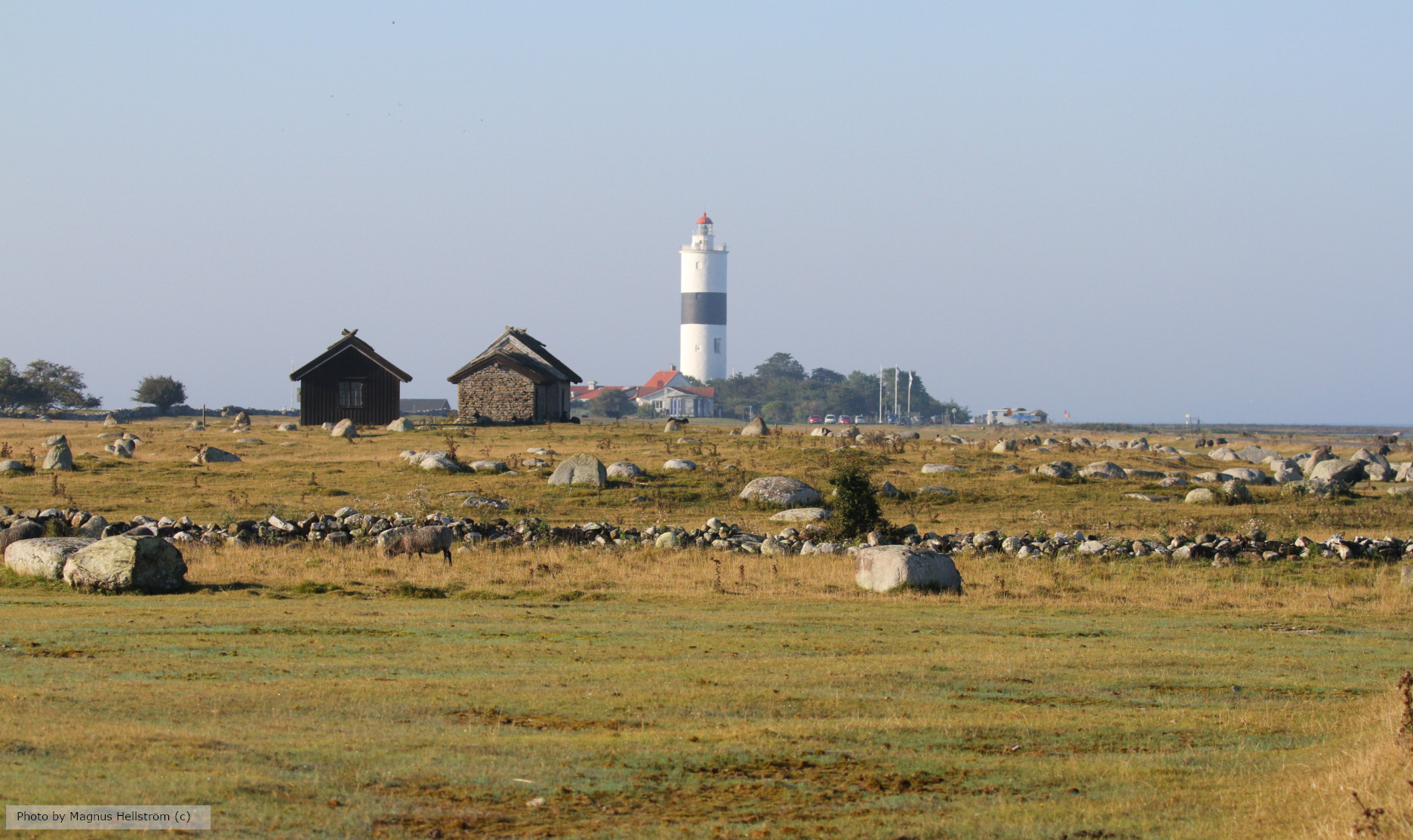Häckfågelfaunan i en sydsvensk ädellövskog under 40 år – revirkartering av Ottenby lund 1972—2011
DOI:
https://doi.org/10.34080/os.v22.22587Nyckelord:
populationsstudier, utbredning, tättingar, inventering, predator–bytesinteraktion, populationstäthet, Passeriformes, Martes martes, interaktion mellan predator och byteAbstract
We present the results from 40 years of territory mapping of a 9 ha plot in Ottenby lund, a rich broadleaved oak forest on the island of Öland in the Baltic Sea in southeast Sweden. The plot was rich in both species and territories: 1,509 territories/km2 for all 51 species and 1,474 territories/km2 when only 38 passerines were considered. Chaffinch Fringilla coelebs and Willow Warbler Phylloscopus trochilus were the most abundant species, together 40% of the passerines. 54% of the passerine species were long-distance migrants, which made up 42% of the territories. There was a positive correlation in territory numbers between long-distance migrants and short-distance migrants/residents. Both the number of territories and the number of species increased during 1972—1991, but decreased during 1992—2011. Community and species trends did not generally follow national trends. The reasons for the local fluctuations are poorly known. Only moderate habitat change occurred, caused by occasional cutting of understory and some trees, sudden oak death, and varying numbers of deer and cattle. Increasing number of pine marten Martes martes may have had effects.
Nedladdningar

Downloads
Publicerad
Referera så här
Nummer
Sektion
Licens
Författaren/författarna innehar copyright för varje enskilt bidrag, men samtliga bidrag är publicerade under en Creative Commons-licens, så att vem som helst kan dela och återanvända bidraget förutsatt att copyright-innehavaren erkänns.







